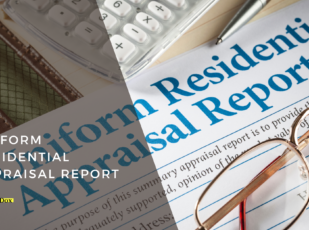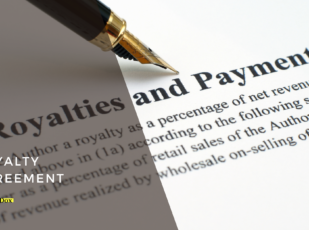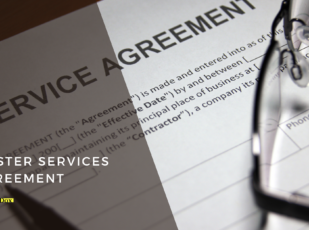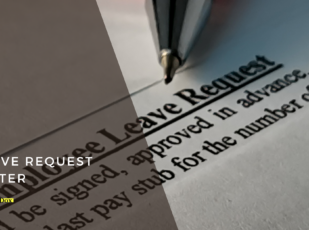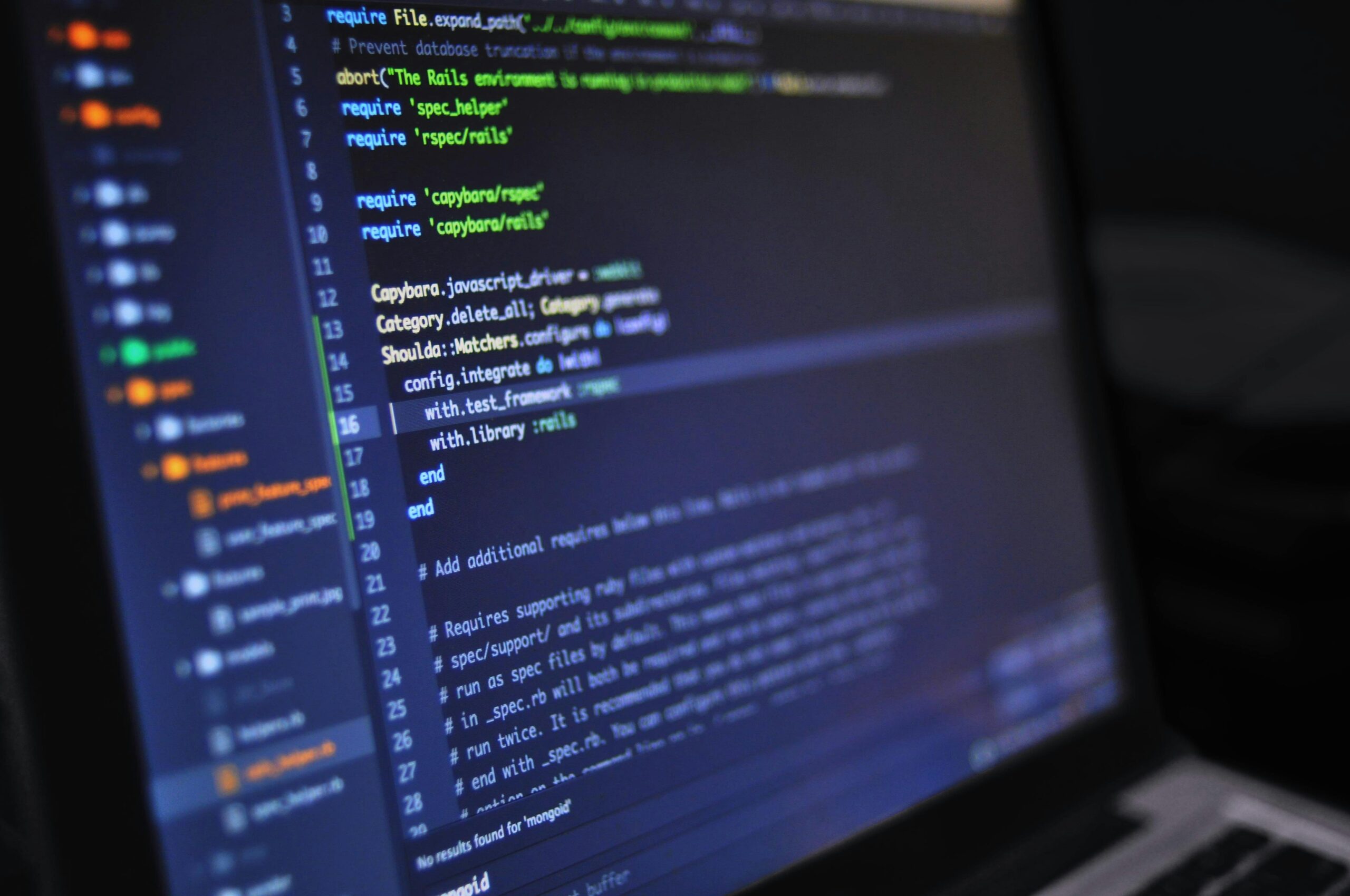
Software License Agreement Template
7 Downloads
IP and Copyright
December 13, 2024
Sayantani Dutta
Software has quickly become a cornerstone of business operations, communication, and entertainment. All the credit we give to the Internet and computers in our palms—none of it would have been possible without software. Everything from the app you are reading this article on to the day-to-day websites, programs, and tools you interact with is made up of software.
It is safe to say that software is the backbone of the digital age. As such, one can only imagine just how important it is to protect it. The Software License Agreement has a crucial role here. It is important to formalize the relationship between software developers and programmers (licensors) and end-users (licensees) who use their software.
This agreement defines the terms and conditions under which software can be used, distributed, shared, or recreated. The core idea of this document is to protect intellectual property while granting usage-related rights to the user. If anyone could reverse-engineer a program to make their own tool, for example, the original creators who spend the time and resources to build a novel solution in the first place, or to iterate upon a functionality in an original way, would have worked in vain.
In this article, we will cover the importance of a Software License Agreement, while outlining its key components and underscoring the benefits of using a professionally crafted template from a resource such as FreshDox.com. Let’s dive right into it!
What is a Software License Agreement?
A Software License Agreement is a legal contract that outlines the rights and restrictions for the use of software between the licensor, typically the software developer or company, and the licensee, or end-user. At its core, this agreement includes all the specifics about how a particular piece of software, such as an online tool, computer program, or mobile app, can be used. It also clearly outlines the limitations on its use, the rights of the user, and the legal protections for the software creator (typically, a subset of intellectual property rights).
On one hand, the terms of this agreement protect the developer with limitation of liability in case the software is misused, which leads to a bad end. Additionally, it protects the source code, lest someone should try to decompile or reverse engineer it. On the other hand, it offers users certain rights for using the software in the developer’s intended way.
Ultimately, it is a critical document that ensures users comply with the terms set forth by the software creator. Mainly, any software creator—whether they have created the software from scratch or released their own build with certain enhancements over somebody else’s work, while following the original software’s terms of use—wishes to protect their product from unauthorized distribution and modification.
And accomplishing that is next to impossible if there is no Software License Agreement in place.
The Importance of a Software License Agreement
It is so important that it is everywhere. Every time you install an app or computer program, for example, or sign up on an online tool/platform, you are presented with the option to consent to the terms and conditions as laid by the software creator. This is the license agreement that you are agreeing to, under the applicable law, regarding the use of the software.
While having such an agreement is important from a legal point of view, to offer indemnification to the software creator and the protection of any confidential information under the governing law, the actual usefulness and importance of a Software License Agreement extend beyond these mere formalities.
This piece of legal document is essential to protect the intellectual property, trade secrets, proprietary rights, object code, and indemnity of the licensed software. More importantly, the agreement does that while allowing for the software product to be used in a manner that benefits both the developer and the user.
Developers get a legal mechanism to control and monetize their software with charges, advertising, or any license fees by specifying how their product can be used, distributed, and modified. On the other hand, users get clarification about their rights and limitations, so they can use the software without infringing on the developer’s rights.
Every provision of this agreement is written to protect both parties.
Types of Software & Licenses
Software is of many types. Historically, computer programmers and software developers have created everything ranging from totally free to totally closed computer programs.
On one hand, you have completely open-source software that can be freely reused and find itself being manipulated to various extents for the benefit of users or a community. Case in point—the original UNIX kernel code that created so many Linux distributions (operating systems) that system admins, server managers, and even normal PC users are relying on these software until today.
On the other hand, you have closely guarded trade secrets and proprietary architectures, algorithms, and code that are used by millions worldwide without anyone ever misusing or modifying any part of it, such as Microsoft Office—the software being used to write this up as you read!
All of these software have end-user license agreements or EULAs.
Between completely open to completely proprietary, there are other types of software licenses as well. Some offer certain limitations while others open up certain use cases—such as modification or redistribution. And that is why a software license agreement needs to be comprehensive on one side and unique to the particular software being licensed.
The clauses, level of indemnification, the ability to sublicense, any warranty being offered, the scope of derivative copies of the software, consequential damages for breaching the EULA, and any related documentation such as disclaimers, waivers, amendments, arbitration, and expected user understandings all differ from one type of license to another.
Having Inadequate (or No) Software License Agreement
So, with that much variety in software and their licenses, it is safe to assume that not having a proper license agreement covering all bases is a very, very bad idea. A lot of software developers often operate without a comprehensive Software License Agreement. A lot more rely on a generic, insufficient template. This exposes them to risks such as unauthorized use or distribution of the software, potentially diminishing its value and compromising their intellectual property.
Furthermore, if such gaps are exploited by bad actors and malicious users, then even the laws of the state cannot protect the software creator in the dispute resolution mechanism. Whether due to bad intent, reverse engineering, exploiting a loophole, or damages resulting out of force majeure, if someone decides to capitalize on a situation like this, then the conditions of this agreement will not be adequate to hold up in court.
The result? Hiring expensive legal advice and refining the license terms anyway. So, it is recommended to begin with a robust software license agreement in the first place.
On the user’s side, if the license agreement or EULA is inadequate, then what that means is that there is a lack of clarity in the terms of use of the software throughout the entire agreement. This can also lead to legal uncertainty and disputes but more importantly, it can cause potential liability for misuse even if that was not the intention.
That is why a well-defined agreement with clear terms and proper comprehensiveness is a must for preventing disputes and ensuring that all parties understand their rights and obligations.
Key Elements in a Software License Agreement
Although the particular purpose of a software license agreement is singular—to protect both parties by eliminating any scope of ambiguity, incompleteness, or confusion regarding the use and distribution of a software product—it is not so easy to communicate. That is why often, such an agreement is loaded to the brim with clauses, conditions, and more clauses.
On top of that, even though it is totally up to the sole discretion of the software creator to choose their own terms and conditions while drafting the license grant, certain laws also need to be considered and as a result, certain headings or sections included.
Below is a brief list of the key ingredients often held in a software license agreement but depending on the software, additional clauses might also be required:
- Key Terms: Begin the document by clearly defining the key terms used within the agreement for clarity and legal precision. This is typically how any legal document begins from a lawsuit (identifying the defendant, for example) to a business website’s privacy policy (identifying the Company/Website). But in the case of software, there are a lot more terms to clarify. So, do your due diligence and be as detailed as possible with such information. Cover every subject matter that is relevant to the use of the software.
- Grant of License: Next, grant the license to the users. The license’s scope—including what rights are granted to the user—will be specified in detail. In many ways, this is the most critical aspect of the software license agreement as it establishes the groundwork for using the software.
- Restrictions on Use: After you have clarified the user’s rights, it is time to notify them of the limitations and restrictions that the software comes with. For example, support will not be provided beyond the warranty period, or that you cannot redistribute the software or its components in any way. There are often strict prohibitions on modification, distribution, and reverse engineering of a software product.
- Ownership and IP Rights: Affirm in the agreement that the software and all associated intellectual property rights remain with the licensor. None of these rights are being transferred through the ownership, subscription, or mere usage of the program, tool, or product. It is kind of like copyright, in the way that a novelist protects his or her work from being blatantly copied and resold, the software creator also has full right to protect his or her source code and any IPs.
- Warranties and Disclaimers: Next up, outline the warranties provided, if any. If there are no warranties being provided, then mention that as well, that the software is being provided as-is with the complete burden of risk (of anything happening out of the software’s output, for instance) lies with the user. Also, make sure you disclaim liability to the extent permitted by law. For example, mention that this is a non-transferable license, and the product cannot be relicensed to somebody else, as it would harm the merchantability of the product itself.
- Termination: Specify conditions under which the agreement or license may be terminated. For example, mention that the termination of this agreement (and the right to use the software) can be brought upon if certain terms are violated or the software is misused.
Lastly, also includes clauses on the governing law and amendments. Basically, indicate the legal jurisdiction that governs the agreement (and where any legal disputes will be settled) and describe how the agreement can be amended by the creator.
Introducing FreshDox.com’s Software License Agreement Template
Software licensing can become quite complex. In some cases, more so than the writing of the code itself! Then, there is the need to cover all bases and draft a legally sound agreement. We understand these difficulties—that is why we have an expertly crafted Software License Agreement Template that you can download, customize, and ship your product with today!
Our template has been created by legal professionals with expertise in software law. It addresses all essential aspects of licensing and hence, ensures that your software is protected. You can also rest assured that the agreement will comply with all relevant and applicable laws and regulations.
When you subscribe to FreshDox.com, you gain access to our vast collection of legal document templates, including the Software License Agreement Template. With our 14-day trial period, you can even explore the advantages of our plans in a risk-free manner and determine if the template fits the bill for you!
To cover all types of use cases, we have two membership plans—Basic and Premium. As a Basic Member, you will be allowed to (as per our own software license agreement!) download up to three document templates per month. On the other hand, Premium Members enjoy unlimited access to all of our professionally crafted and legally sound document templates in Word and PDF format.
Whether you are a software developer, business, or legal advisor, FreshDox.com has a solution for your software licensing needs. So, ensure the legal protection of your software and clarify use rights with our Software License Agreement Template today! You can sign up and gain access to our professional, legally vetted template to facilitate a secure and mutually beneficial software licensing arrangement. So, what are you waiting for?! Sign up for your new FreshDox.com account today!
Popular searches:
Related Templates
Discover more templates that align with your needs and preferences.

Ready to Sign Up?
Sign up for FreshDox.com’s 7-day trial and discover why so many individuals and businesses trust us for their legal document template needs.
- Cancel any time
- 7-day free trial
- From 300+ Customer Reviews





